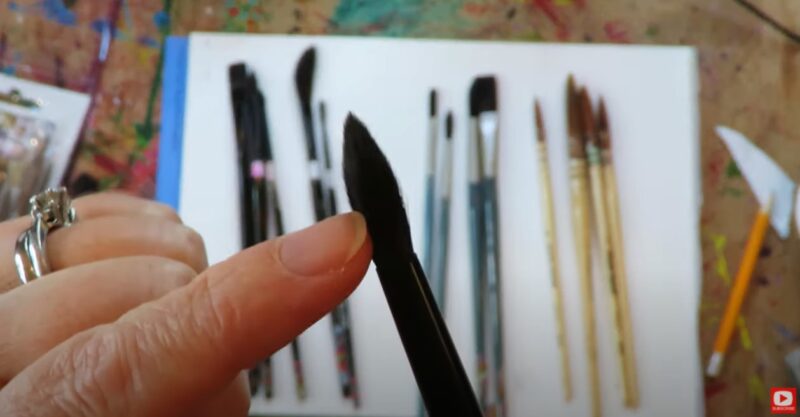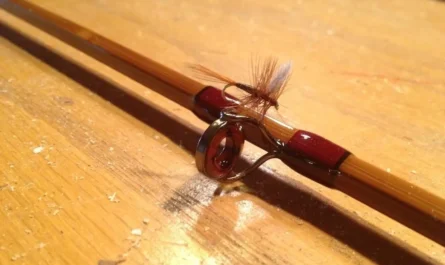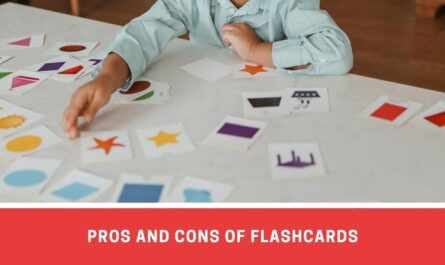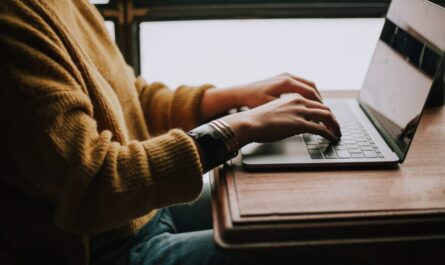When it comes to creating art, many artists have ventured beyond the use of traditional paintbrushes and explored the exciting world of unconventional art tools. These innovative tools give artists the opportunity to experiment, break boundaries, and create extraordinary artworks. In this article, we will explore the rise of non-traditional art tools, why artists are turning to them, different types of unconventional art tools, techniques for using them, their impact on art styles, and the challenges and rewards they bring.
Page Contents
Exploring the World of Unconventional Art Tools
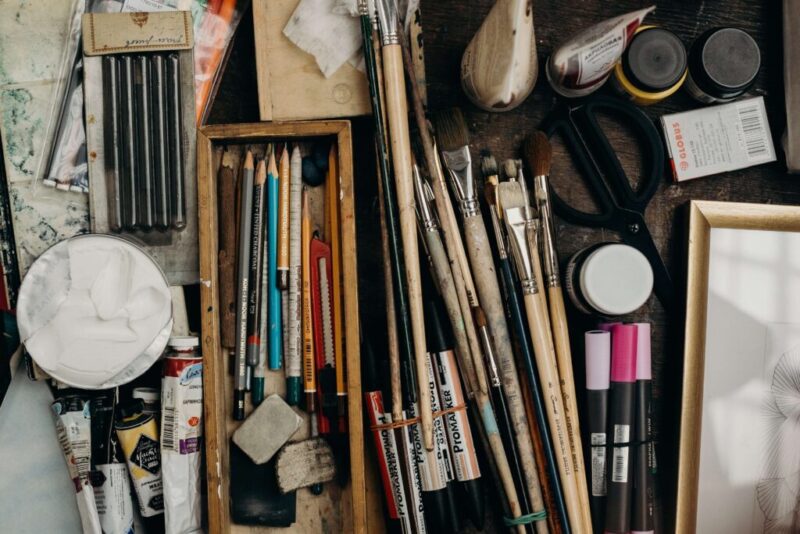
Over the years, there has been a notable rise in the use of non-traditional art tools. Artists are constantly seeking new ways to push their creativity and express their unique style. By stepping out of traditional boundaries, they have discovered a multitude of unconventional tools that have given their artwork a fresh and distinctive look.
The Rise of Non-Traditional Tools
One of the reasons behind the growing popularity of unconventional art tools is the desire for uniqueness. In a world where art can sometimes feel formulaic, artists are seeking ways to stand out and create something truly original. By using them, they are able to introduce unexpected textures, patterns, and effects into their art.
Imagine an artist who, instead of using a paintbrush, decides to dip a feather into vibrant acrylic paint. As they glide the feather across the canvas, the paint spreads in unpredictable ways, creating a mesmerizing display of colors and textures. This unconventional tool allows the artist to break free from the constraints of traditional brush strokes and explore new possibilities.
Why Artists are Turning to Unconventional Tools
Some artists find that using non-traditional tools helps them break free from creative blocks and discover new possibilities. When faced with a blank canvas and a traditional set of brushes, they may feel overwhelmed by the pressure to create something extraordinary. However, when they pick up an unconventional tool, such as a sponge or a toothbrush, they are able to approach their artwork with a sense of playfulness and experimentation.
Others enjoy the challenge of working with unconventional materials, as it pushes them to think outside the box and try new techniques. For example, an artist might experiment with using coffee grounds as a medium. By mixing the grounds with water, they can create a rich, earthy texture that adds depth and dimension to their artwork. This unconventional approach not only adds visual interest but also engages the viewer’s sense of smell, creating a multi-sensory experience.
Different Types of Unconventional Tools
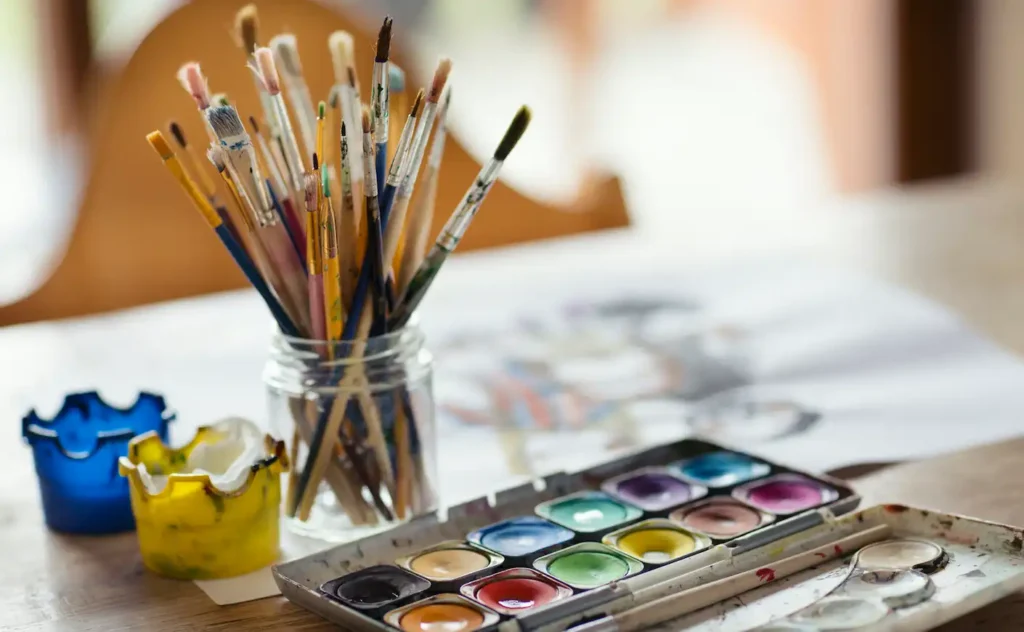
They come in various forms, offering artists a vast array of options to explore. One popular category is household items, which can be repurposed to create stunning artworks. Artists have transformed sponges, credit cards, and even kitchen utensils into unique painting tools, adding depth and texture to their pieces.
Natural elements also play a significant role in unconventional art creation. Leaves, flowers, and twigs can be used as brushes, stamps, or even directly incorporated into the artwork. By embracing the imperfections and unpredictability of nature, artists can create art that captures the essence of the natural world.
Industrial materials have also become increasingly popular in artistic expression. Artists have turned to unconventional tools such as spray bottles, sandpaper, or even power tools like drills and saws to add texture and depth to their work. These tools allow artists to create striking contrasts and push the boundaries of traditional forms.
Techniques
Using unconventional tools requires a willingness to embrace spontaneity and the unexpected. Artists who utilize non-traditional oinstruments often find themselves in a constant state of exploration, allowing intuition to guide their creative process. One technique that many artists adopt is the art of improvisation, where they respond to the materials and tools at hand, letting them dictate the direction their artwork takes.
Mastering the Art of Spontaneity
Embracing spontaneity means letting go of control to some extent and allowing the tools and materials to guide the creation process. This technique can result in surprising and captivating artwork that captures the energy of the artist’s creative journey.
And if you’re looking to capture a moment with the same essence of unexpectedness, consider getting a custom oil painting portrait from Memorialize Art. Their specialty in personalized portraits effortlessly bridges the gap between traditional artistry and modern-day spontaneity, ensuring that every piece is both unique and timeless.
Embracing the Unexpected in Art
Unconventional instruments often produce unexpected results, and embracing these surprises can lead to breakthroughs in artistic expression. By allowing accidents and mistakes to become part of the creative process, artists can uncover new possibilities and explore uncharted territories.
The Impact on Art Styles
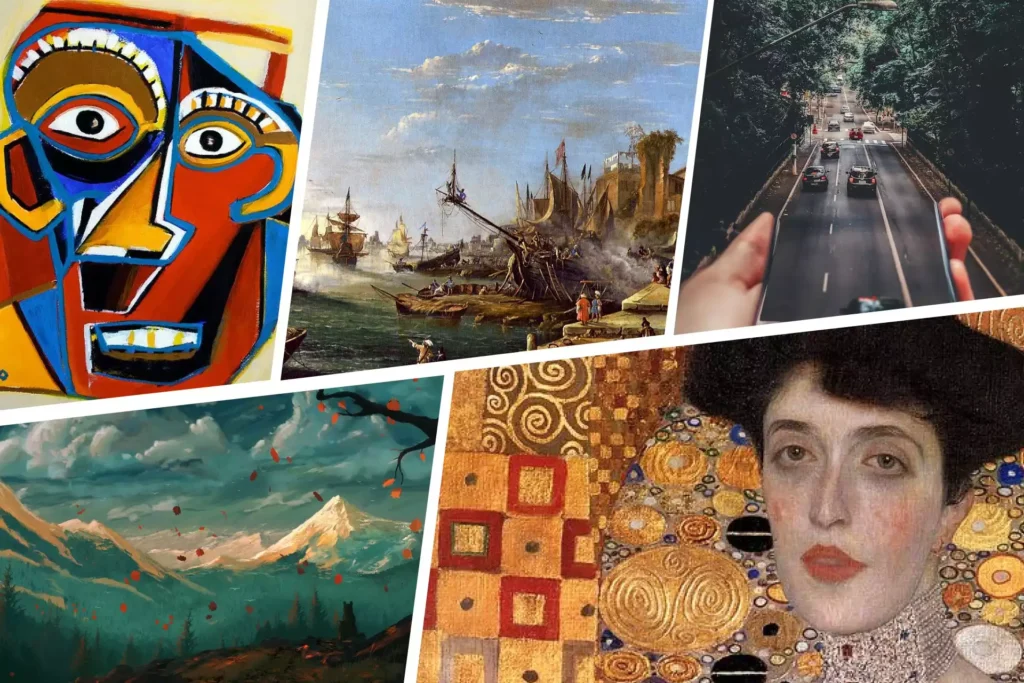
The use of unconventional tools has had a profound impact on the art world, allowing artists to break free from traditional art styles and explore new forms of expression. It has opened up doors for experimentation, enabling artists to create abstract and unconventional artworks that challenge traditional norms.
Breaking the Boundaries of Traditional Art
Unconventional tools have played a significant role in expanding the boundaries of traditional art. Artists are no longer limited by the conventions of brushes and paints, but can now explore a wide range of materials and techniques to convey their ideas and emotions.
Abstract Art
The use of unconventional instruments has particularly resonated with the genre of abstract art. By employing non-traditional tools, abstract artists can create textured surfaces, dynamic patterns, and enigmatic shapes. This enables them to convey complex concepts and emotions in ways that traditional tools may fall short.
Challenges and Rewards
While using unconventional art tools can be a rewarding experience, it also comes with its own set of challenges. These challenges, however, often lead to personal growth and artistic development.
Overcoming the Learning Curve
Using unconventional tools requires experimenting with new techniques and learning to adapt to the materials at hand. Artists may encounter difficulties in controlling these tools initially, but with dedication and practice, they can overcome these challenges and master their use, ultimately expanding their artistic repertoire.
The Joy of Discovery in Art Creation
One of the greatest rewards of using unconventional tools is the joy of discovery. Artists who venture beyond traditional art tools often stumble upon unexpected results, techniques, or styles that they may have not otherwise discovered. This sense of discovery brings a renewed sense of excitement to the creative process
Final Words
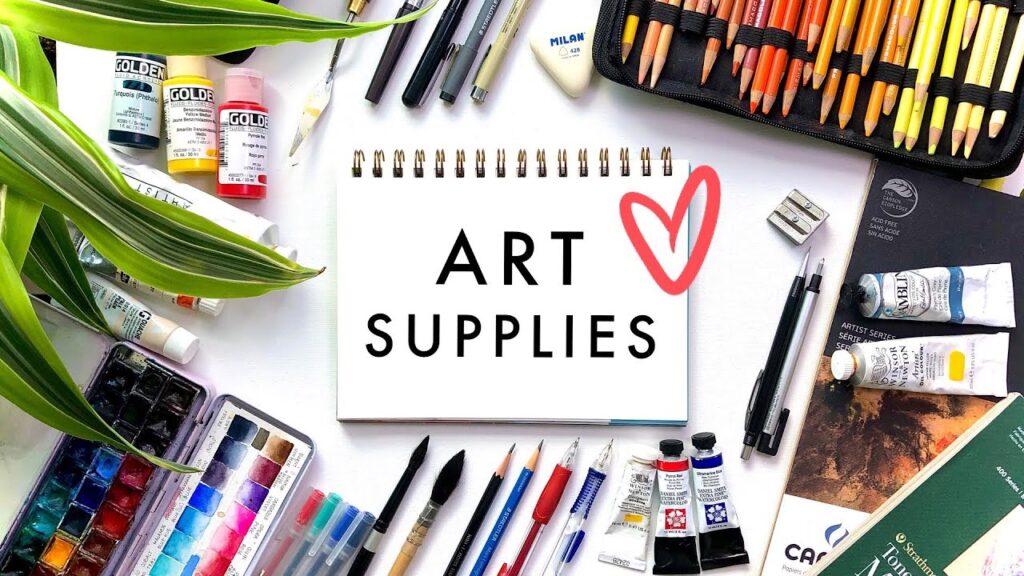
In the ever-changing landscape of art, artists are venturing beyond traditional tools to amplify their distinct voice and redefine creative boundaries. This embrace of unconventional mediums is not just a trend but a testament to their commitment to innovation, self-discovery, and deeper artistic expressions. Such instruments breathe life into artworks that resonate deeply, leaving lasting imprints on global audiences.
